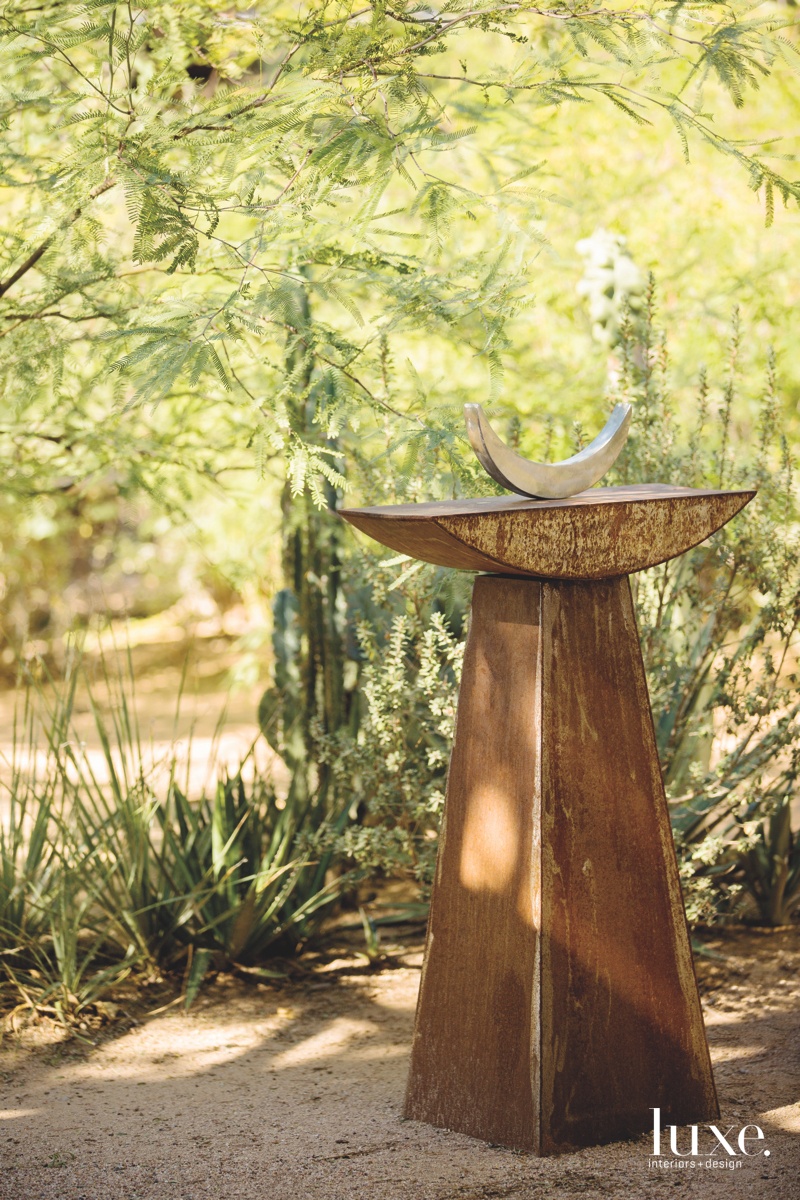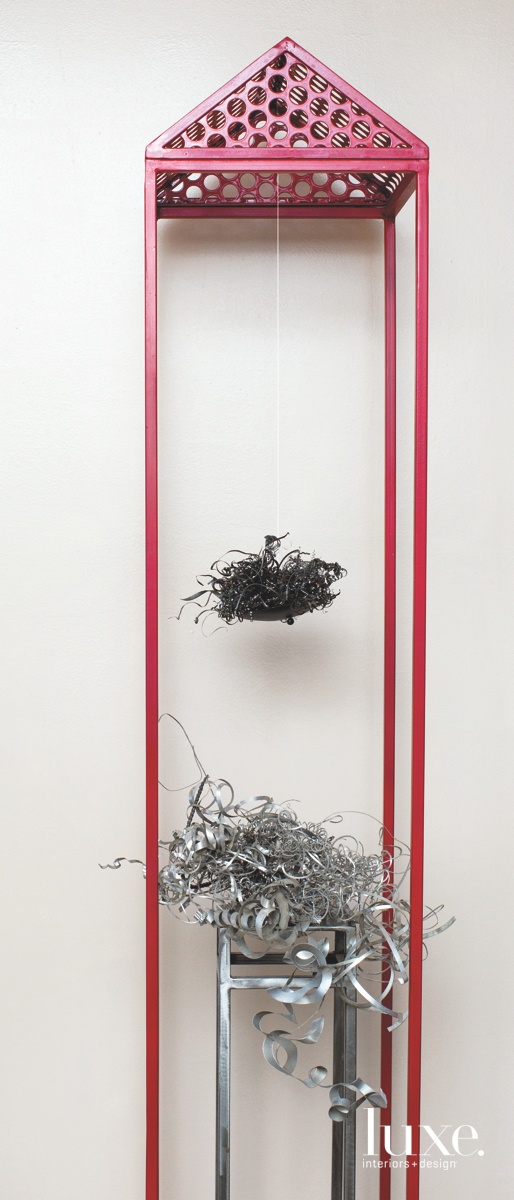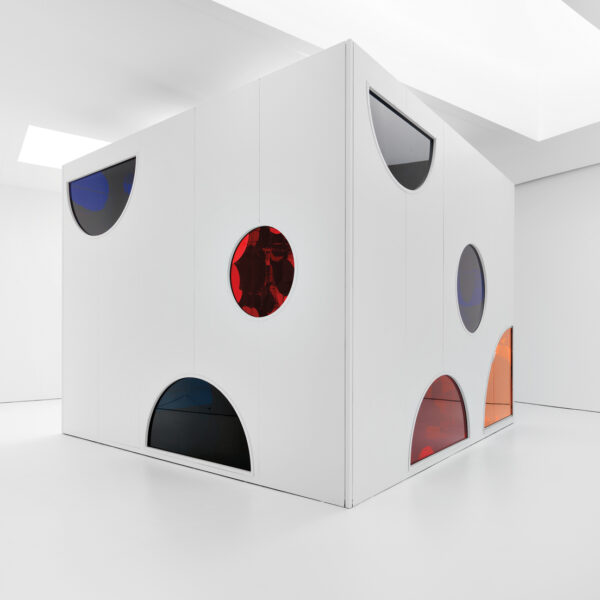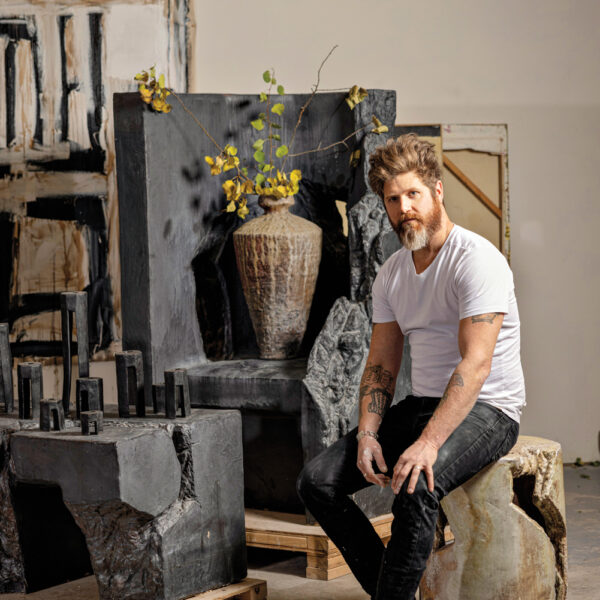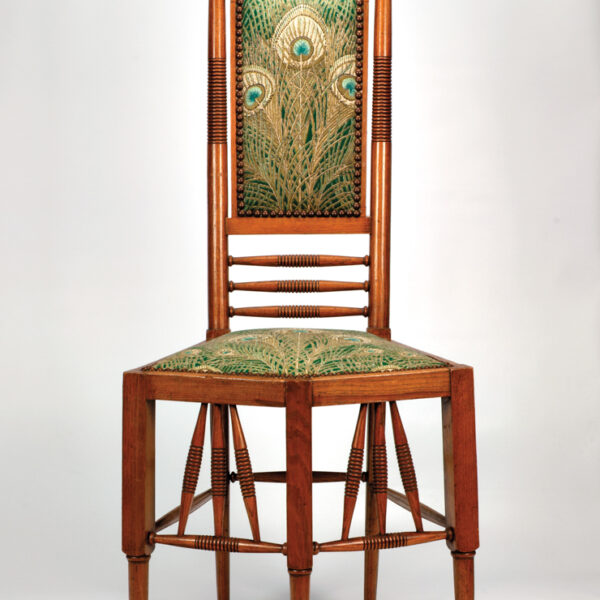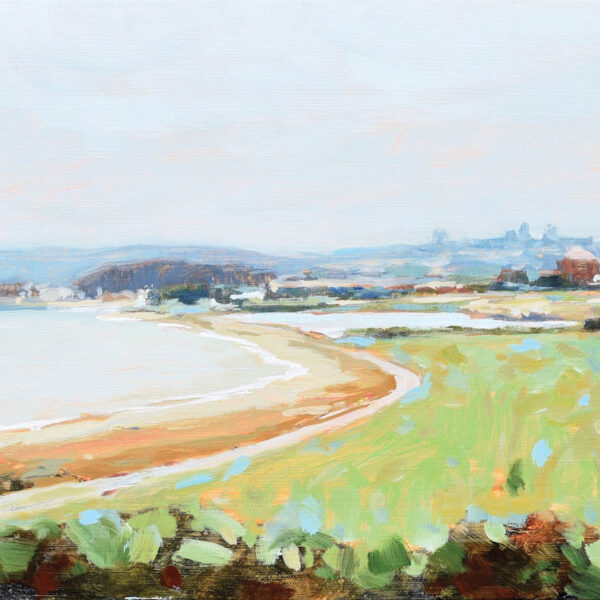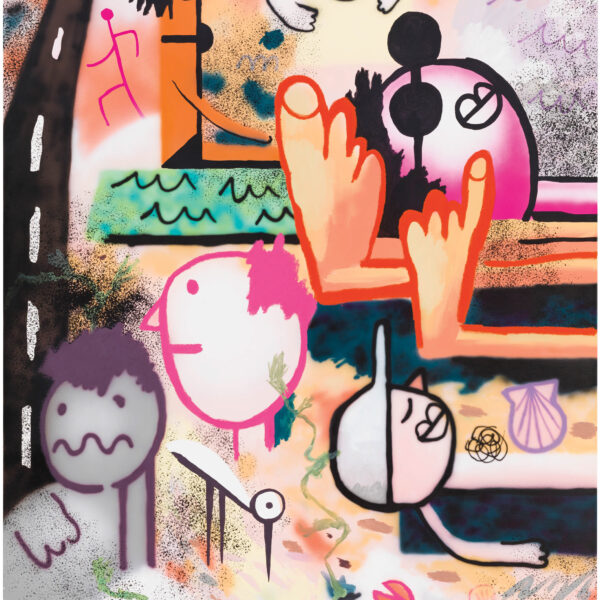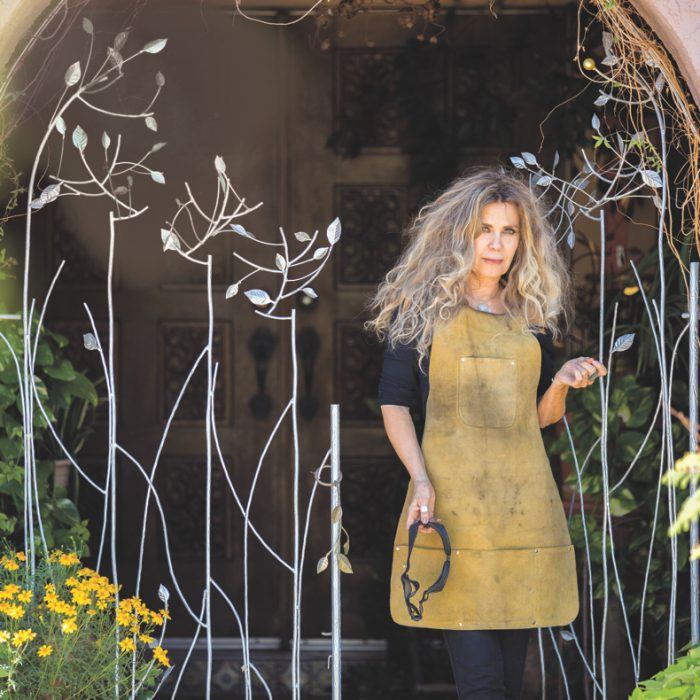
A gate of steel trees, dubbed Las Puertas, leads to Kilgore’s gallery, where she shows and sells her work.
Meteorite dust, rose petals, charred material from forest fires, broken glass, and pieces of rusted metal are just a few of the unorthodox elements Phoenix artist Linda Margaret Kilgore turns into sculptures. It’s fitting, then, that many of her nature-incorporated pieces end up outside. In fact, the impact of the environment, like oxidation, frequently adds another layer of beauty. From large steel trees with twisting branches in her Bosque series to smaller works with nests and eggs, organic forms meet industrial materials to forge hauntingly beautiful hybrids that mesh well with modern architecture.
Kilgore’s work appears in public, private and corporate collections and in museums and is often found in garden settings. “When my pieces are first installed outside, we often anoint them with a sprinkling of water–a baptism of sorts,” she says. “It’s a little ritual that bonds it to the place where it will live.” As such, the artist often creates with an eye toward where the piece will end up. “I like to design for a specific area,” she says. “Usually an architect will be finished on a project and then recommend me; I enjoy the collaborative aspect. I love architecture–it’s a form of sculpture.”
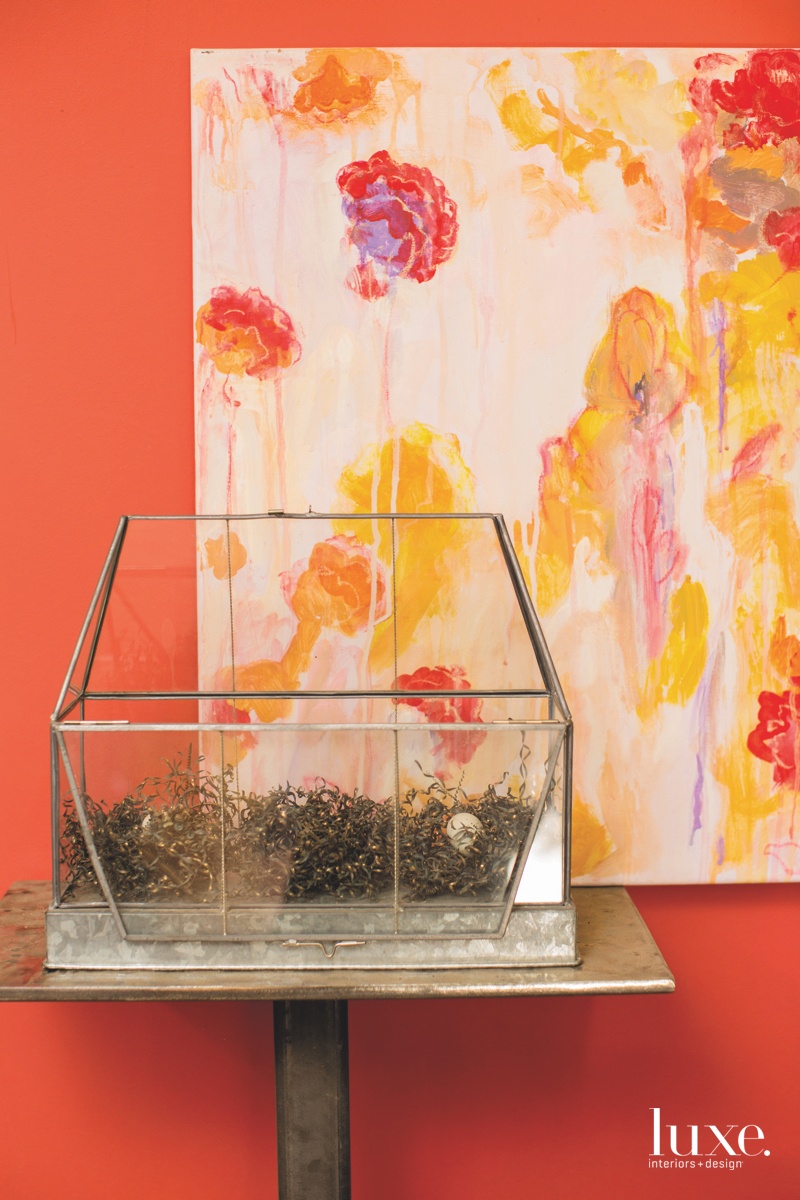
Sanctuario, a tall mixed-media piece that combines plain, powder-coated and brushed steel, is a study in contrasts of color and form.

Sanctuario, a tall mixed-media piece that combines plain, powder-coated and brushed steel, is a study in contrasts of color and form.
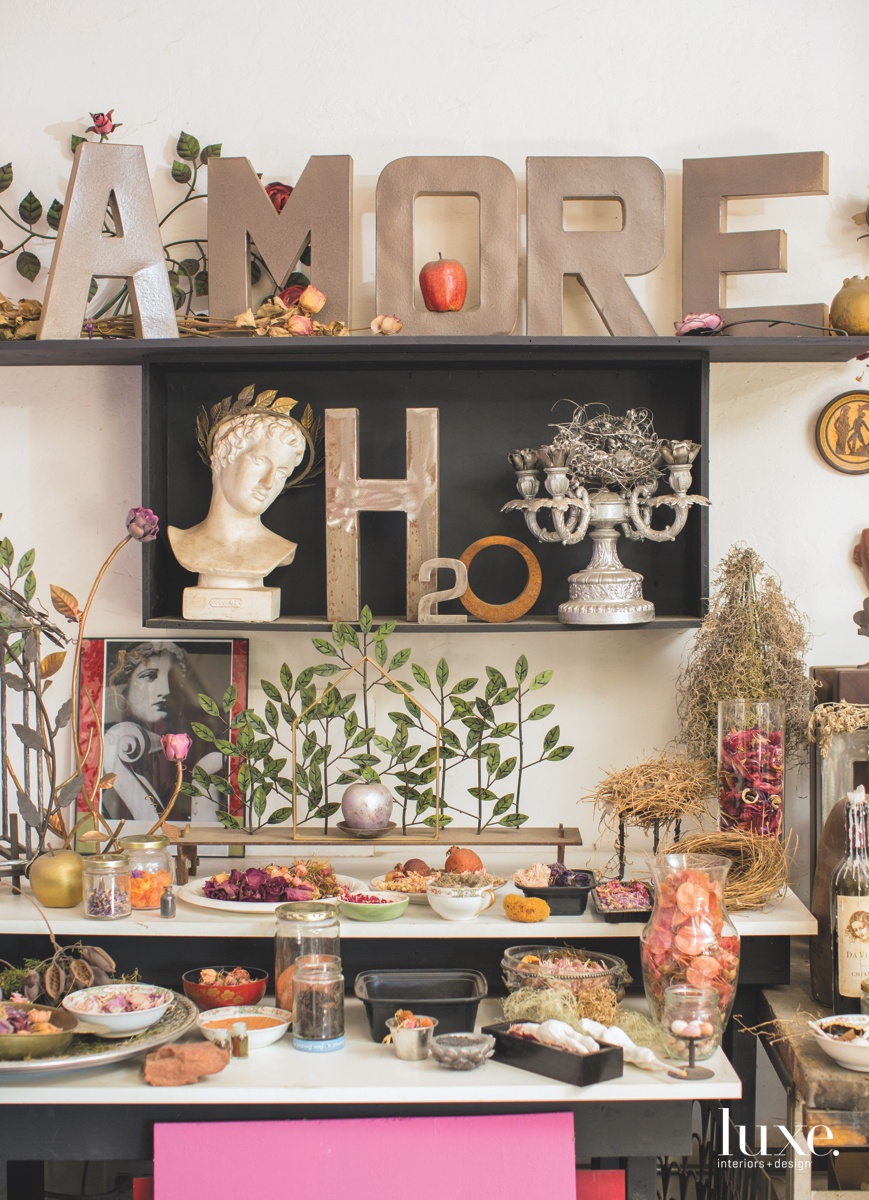
Kilgore's metal-and-glass terrarium, which houses birds' nests with gemstone eggs, sits in front of her Papaveri 2, a canvas painted with acrylic and earth pigments.

Kilgore's metal-and-glass terrarium, which houses birds' nests with gemstone eggs, sits in front of her Papaveri 2, a canvas painted with acrylic and earth pigments.
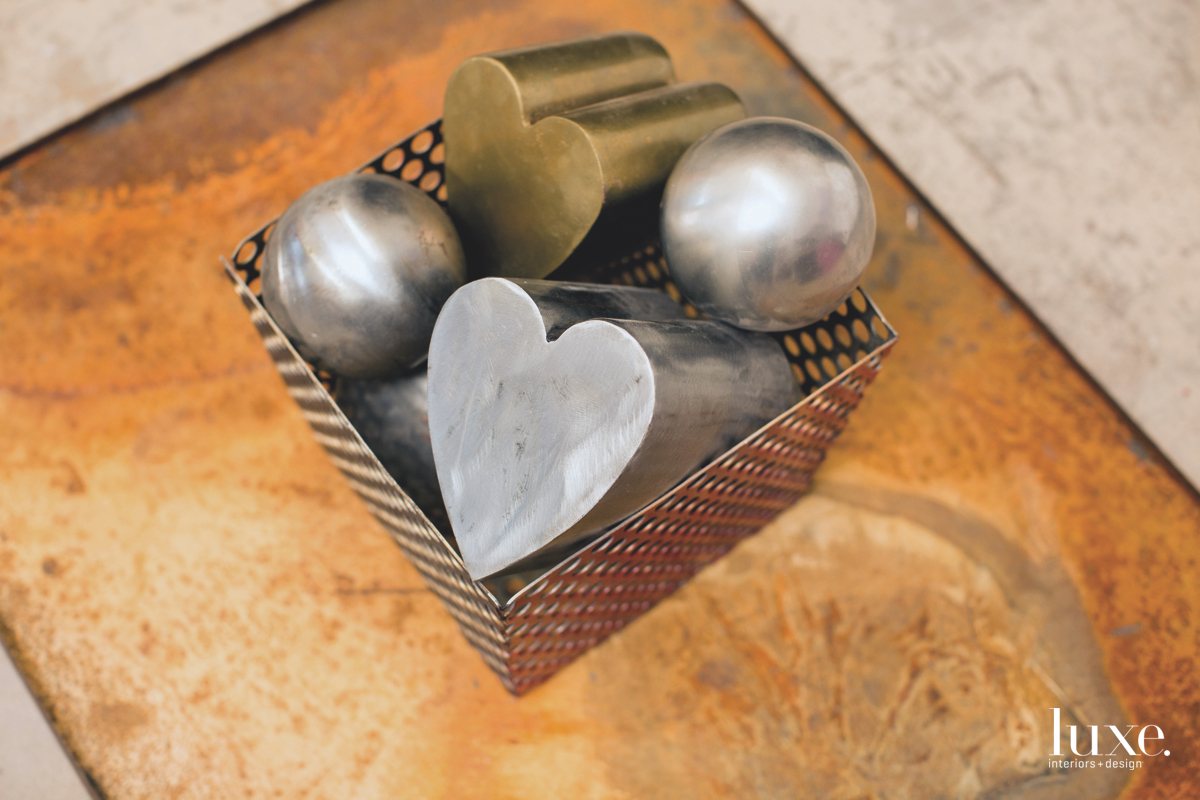
A collection of objects from nature influence and embellish the steel sculptures of Phoenix artist Linda Margaret Kilgore.

A collection of objects from nature influence and embellish the steel sculptures of Phoenix artist Linda Margaret Kilgore.
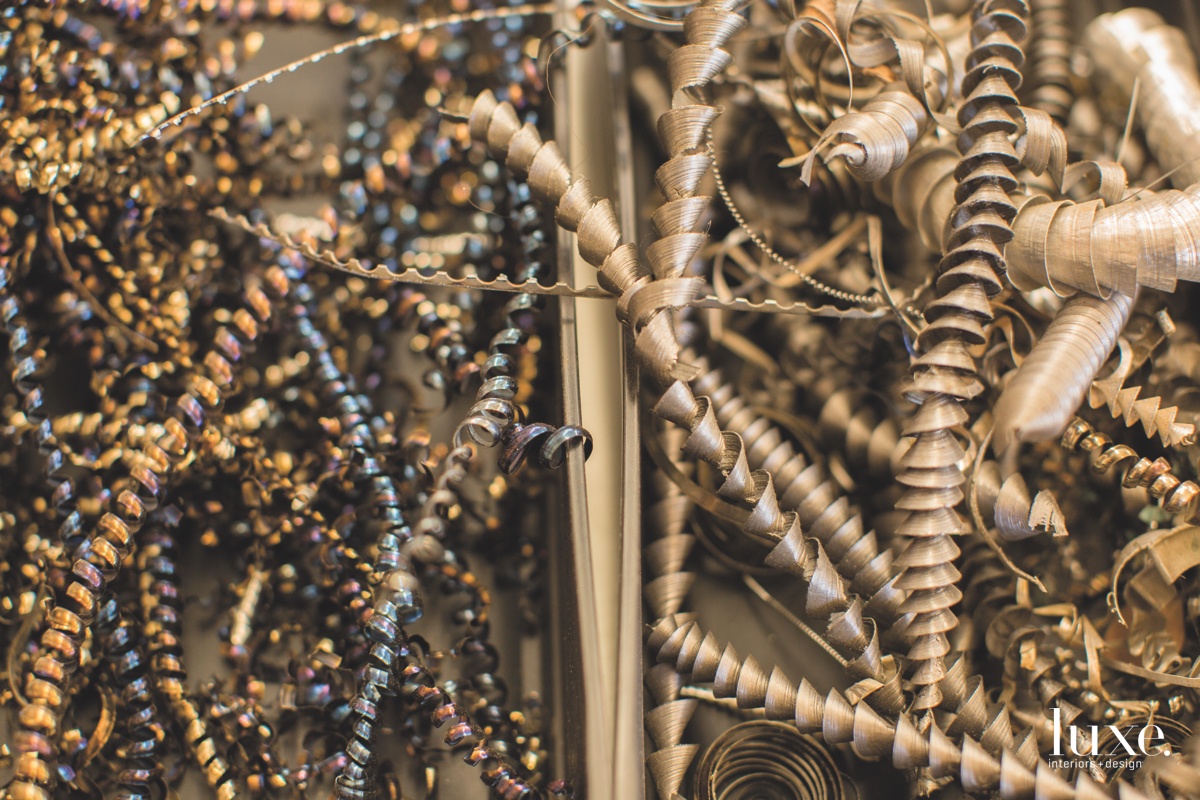
Steel shapes are part of a work in progress.

Steel shapes are part of a work in progress.

Found, gifted and scrap twists of steel are among the many materials the artist uses in her pieces.

Found, gifted and scrap twists of steel are among the many materials the artist uses in her pieces.
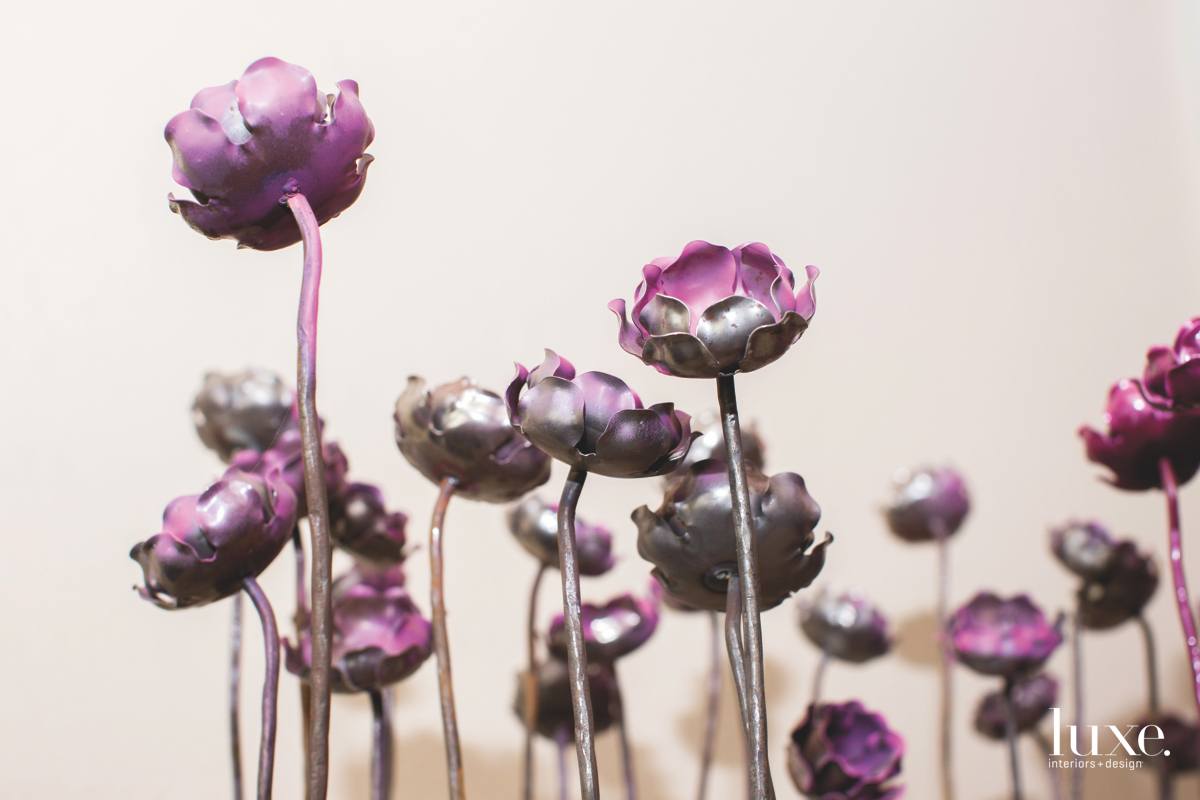
In the artist's garden, a tall stainless- and mild-steel piece titled Moonlight on the Water is displayed next to Henge, which plays with geometric forms.

In the artist's garden, a tall stainless- and mild-steel piece titled Moonlight on the Water is displayed next to Henge, which plays with geometric forms.
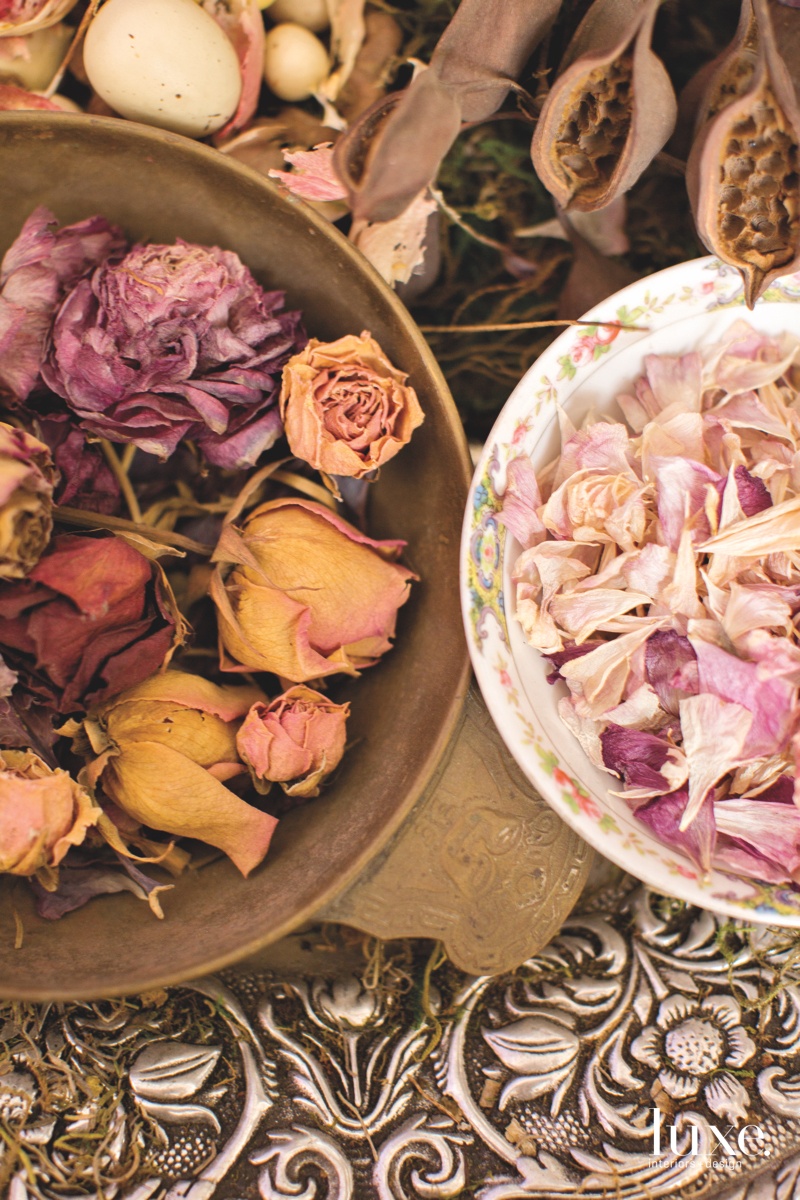
Poppies along the Tiber River in Rome inspired Papaveri, a sculpture made of powder-coated steel.

Poppies along the Tiber River in Rome inspired Papaveri, a sculpture made of powder-coated steel.
Those familiar with Kilgore’s art would not be surprised to discover a spiritual aspect she cultivates from her travels. “I find great inspiration and many ideas from my pilgrimages to ancient sites,” she says. Places like the caves of Dordogne, in southwestern France, and the sacred stones from the Brittany coast and Peru’s Sacred Valley resonate in the materials and lines of her sculptures. She goes so far as to collect bits of nature: soils, rocks and water from the Urubamba River in Peru and salt from Inca mines, for example.
Another significant influence is Kilgore’s home state, Arizona. Childhood trips to Canyon de Chelly National Monument and the red rock forms of Sedona all find a place in her art thanks to elements like “the dusty leaves, the smooth roundness of water-tumbled rocks in Oak Creek Canyon, the silvery turn of the Manzanita branch under my horse’s hooves,” she describes. Many of these elements, like the twist of the Manzanita, translate clearly into specific pieces, like those in the Bosque series, or become even more abstracted, as seen in pieces like Arborealis, which exhibit a Calder-like modernity.
In her studio, using laser-cut and torch-cut metal, Kilgore is “always inspired by the beautiful and bell-like sounds of the metal as I work,” she says. This fascination translates to her new sound pieces, in which long slender rods hold steel shapes that easily shift in a breeze. When they strike each other, she says, “the sound is reminiscent of bells in European cathedrals.”
With its use of materials and sound, Kilgore’s unique work has a profound effect. “I think the presence of sculpture in a garden makes the viewer more aware,” she says. “There can be a beautiful dialogue between nature and sculpture. It is a great pleasure and honor to place an object in the beauty of the garden.”

